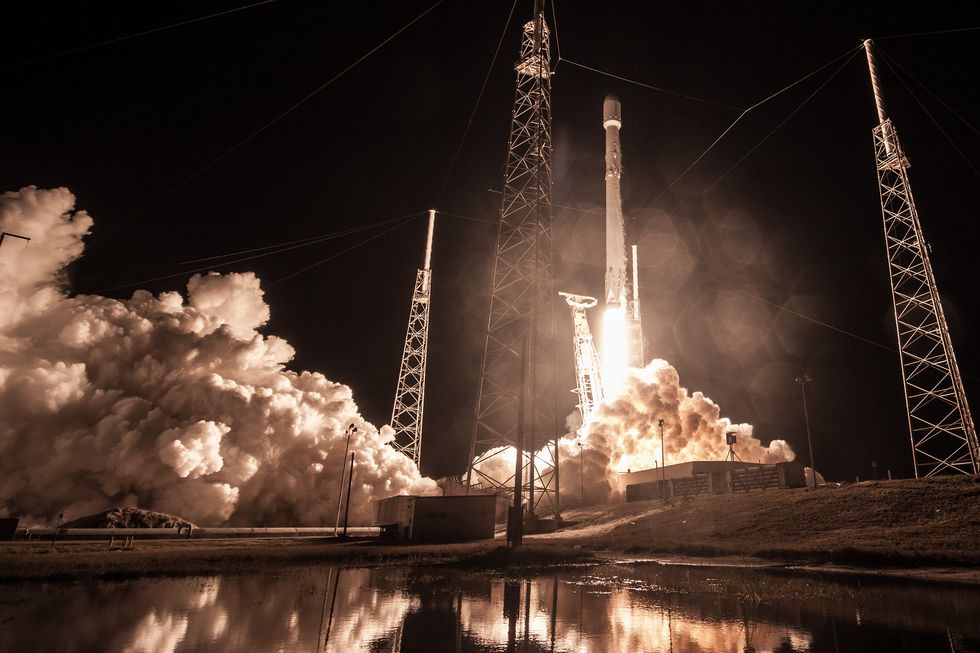SpaceX made history with the successful launch of its Falcon Heavy rocket a month ago but the smaller Falcon 9 persists as the company's go-to workhorse. Early tomorrow morning, SpaceX will reflect on the rocket's achievements as the 50th Falcon 9 lifts off from Cape Canaveral in Florida.
Fittingly, it's the same launch pad that SpaceX used for its maiden Falcon 9 flight nearly eight years ago.
SpaceX's payload this time around will be a Hispasat 30W-6 communications satellite destined for a geostationary transfer orbit (GTO). The two-hour launch window is scheduled to open at 12:33 a.m. Eastern with the actual launch pegged to take place approximately 33 minutes later... that is, assuming Mother Nature cooperates on the weather front.
The satellite will serve as a replacement for the Hispasat 30W-4 and will provide service for broadband, television, corporate networks and "other telecommunications solutions." It is expected to have a useful life of 15 years.
Elon Musk's space company will not attempt to land / reuse the Falcon 9's first stage after launch due to unfavorable weather conditions off Florida's Atlantic Coast. With the Falcon Heavy, SpaceX opted to land its boosters on solid ground. The rocket's center core wasn't quite as lucky, missing its landing on a drone ship. Musk said the core ran out of propellant and wasn't able to adequately slow down. As a result, it hit the water at 300 mph roughly 100 meters from the barge.
